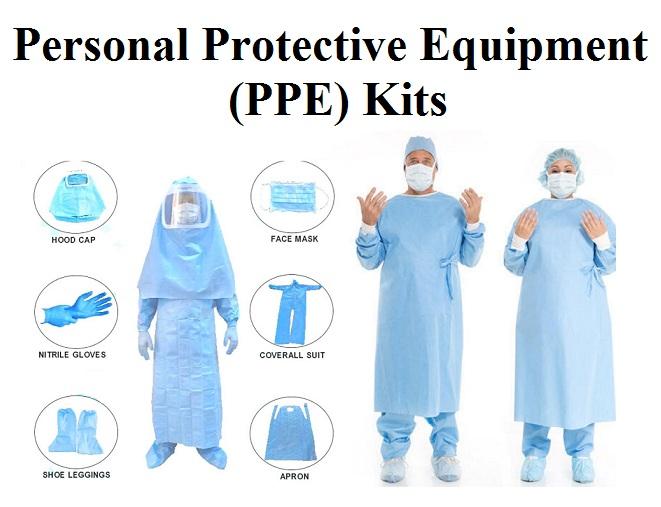What is PPE-Personal Protective Equipment Kits?
As I write this blog, there are 81,970 confirmed cases of coronavirus in India.
Coronavirus has captivated the world in a vicious vortex. As the world scrambles to deal with the global pandemic, hundreds of COVID-19 cases are being reported in India every day. So far, there has been no vaccine or medicine to treat coronavirus – only supportive care.
What is PPE-Personal Protective Equipment Kits?
Amid the whole scenario, you must have heard of the acronym PPE a lot in the past few weeks – especially in terms of medical equipment. PPE stands for Personal Protective Equipment. It is the way to put a stop on the spread of coronavirus and draw a thin line between the healthcare and frontline workers (doctors, nurses, other caretakers) and patient.
Unfortunately, given the rise in cases of coronavirus, there has been a major shortage of PPE kits and it is putting the healthcare professionals at risk who comes into contact with a COVID-19 patient. Let’s know more about PPE in detail.
What is Personal Protective Equipment (PPE)?
According to the World Health Organisation ‘A PPE is the garments placed to protect the health care workers or any other persons to get infected.’ Especially in the current scenario, PPE kits can be termed as the battle armour.
A PPE kit includes face shield, mask, goggles, gloves, coverall/gowns (with or without aprons), head-cover and rubber boots.
The primary goal of PPE is to keep the pathogen-loaded airborne particles (such as saliva or blood) transferred from the patient at bay. PPE prevents these particles from getting into the wearer’s body via their mouths, hands and eyes. It is usually worn by the medical specialists such as surgeons, forensics teams, pathologists and other hospital staff who come directly into the contact with the patient.
Challenges involved with Personal Protective Equipment kits
As the coronavirus cases soar, doctors, nurses and other front-line medical workers across the world are dealing with the shortage of masks, gowns and eye gear to protect them from the virus.
‘Not only can I not protect myself; I can’t protect my patients.’ says Dr Faezah A. Bux, an anesthesiologist in central Kentucky.
The lack of PPE kits has become a global concern. The current stockpile is insufficient and the numbers are soon expected to drop. The demand for PPE is high as the number of confirmed Covid-19 cases continue to rise.
Since pandemic is likely to stay among us for some time, top organizations are collaborating to make PPE kits. IIT Delhi, AIIMS, World University of Design and Chennai-based textile mills have jointly developed the indigenous personal protection equipment kits for frontline workers in white to safeguard them against coronavirus.
Various organisations are coming together to find a reliable and sustainable way to significantly increase the production of Personal Protective Equipment kits.
Can PPE be reused or shared?
‘In general, most Personal Protective Equipment is designed to be used only one time and by one person prior to disposal,’ explains the FDA. Henceforth, washing, reusing or sharing of PPE is not recommendable.
Final Thoughts
There’s a global shortage of Personal Protective Equipment Kits right now, and it could be harmful to health. Therefore, stay cautious and follow the advice given by the healthcare providers. Don’t forget to wash your hands and If you have fever, cough or difficulty in breathing, seek medical care early.
Besides, if you have a large or adequate amount of Personal Protective Equipment to donate, click on any of the following links:
https://uwindia.org/we/#board-of-directors
https://www.investindia.gov.in/bip/covid/supplies
Stay home, Stay safe!
Contact us for Ordering Personal Protective Equipment Kits



